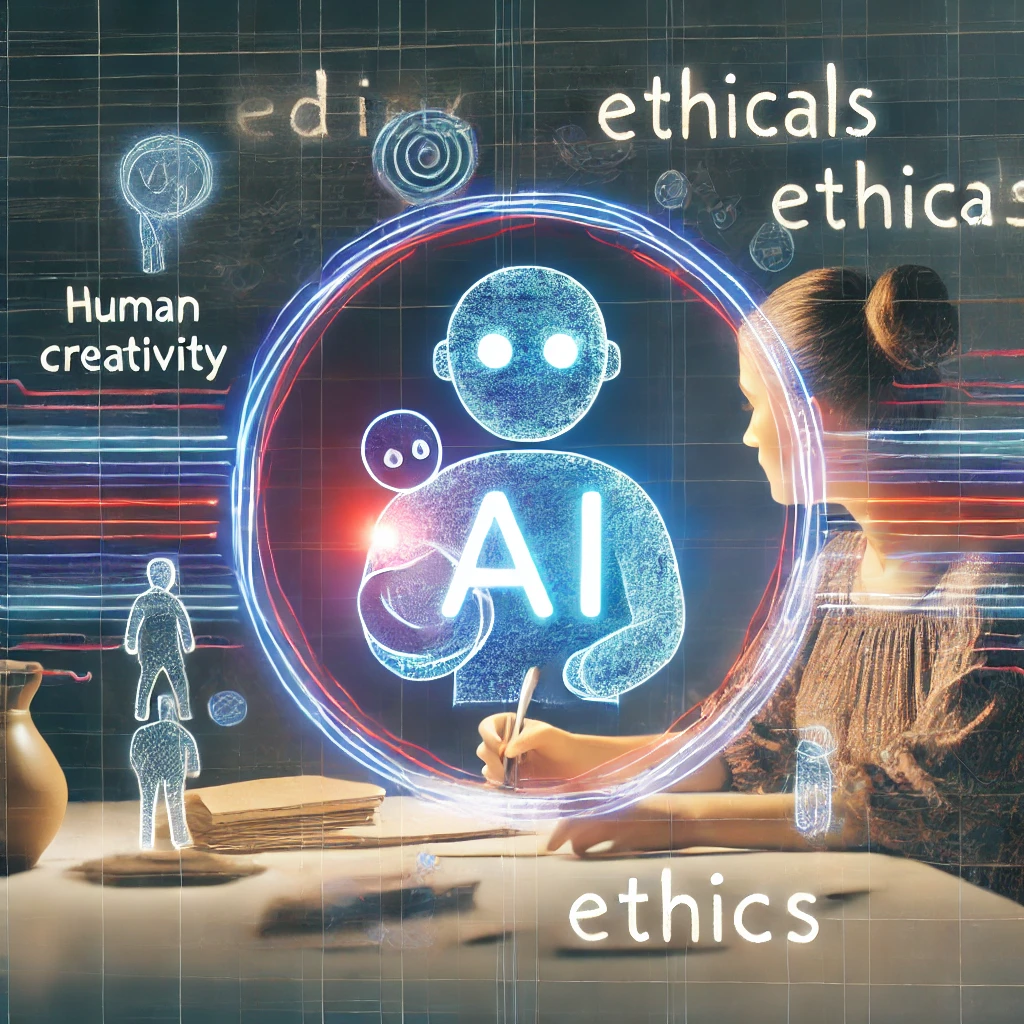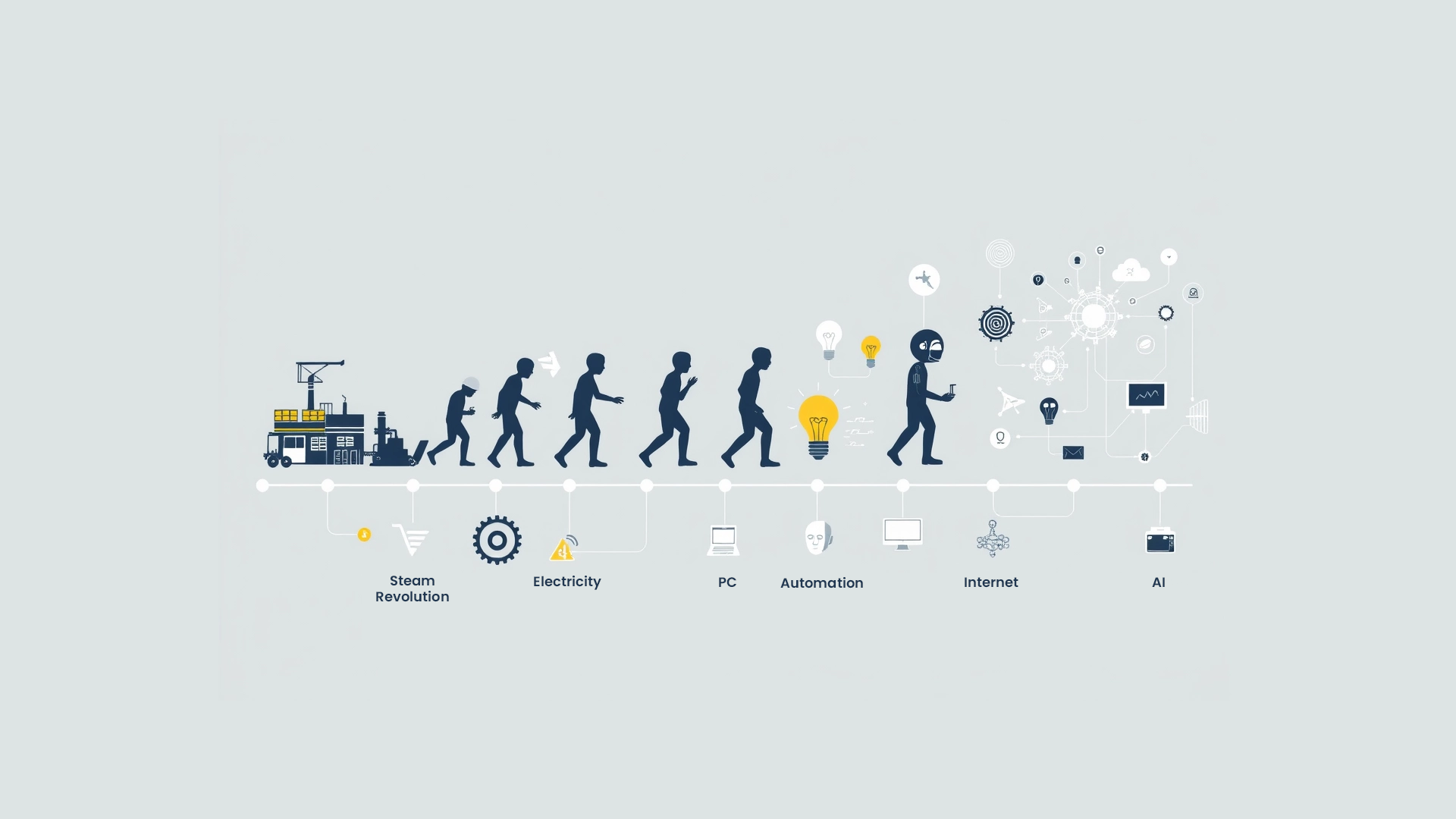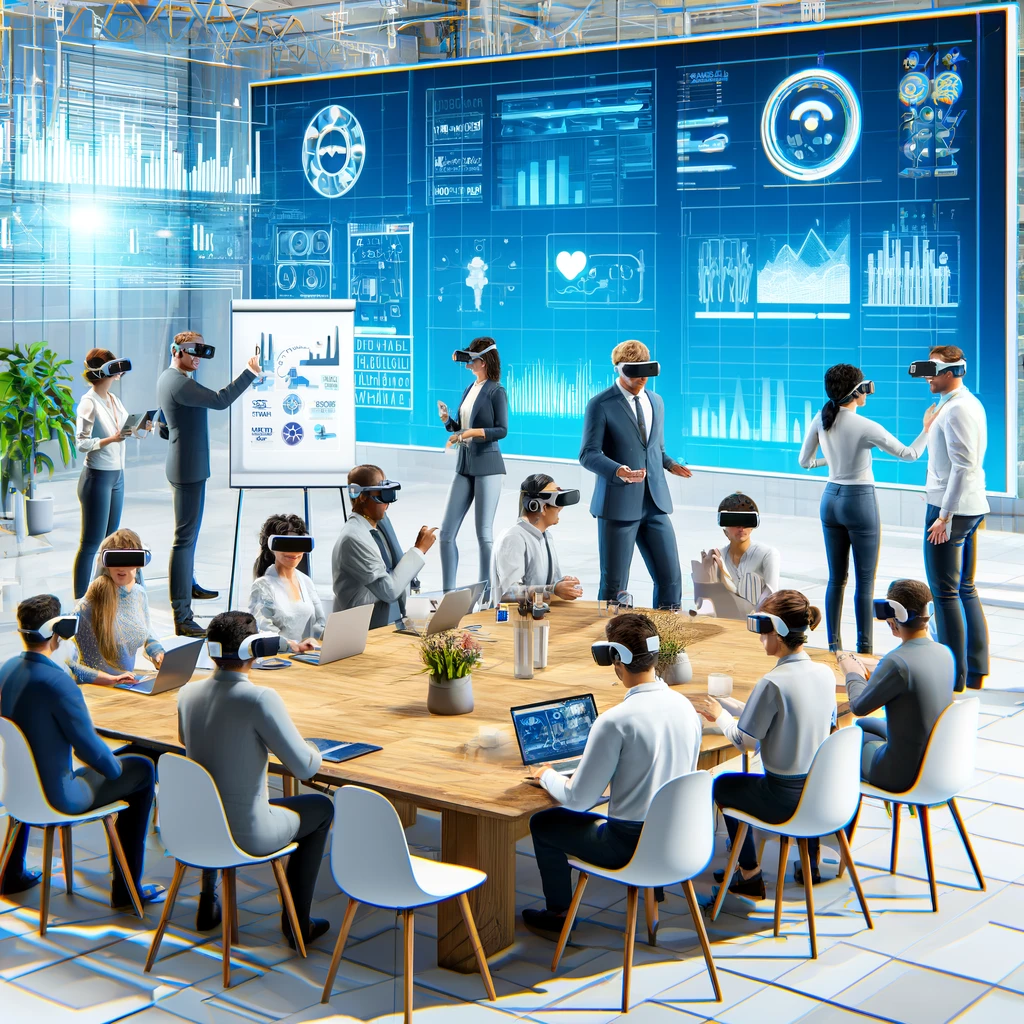Meeting Productivity: Analysis and Improvement
Productivity in Business Meetings
In the business world, the productivity of meetings has become one of the cornerstones of success. Effective meeting management involves several critical elements. First, time efficiency; the clear and concise communication of messages and ensuring that every minute of the meeting is used wisely. Content analysis emphasizes the intensity of the information presented and preventing unnecessary repetition. Outcome-focused evaluation assesses whether the meeting’s objectives have been achieved and evaluates the actions taken afterward. Participant feedback provides valuable insights into the clarity of the meeting and the overall satisfaction level. Qualitative evaluation focuses on the depth of the meeting and the level of participant interaction. Finally, contextual factors, such as participants’ knowledge levels, cultural, and linguistic diversities, aim to create an understandable and inclusive communication environment for everyone. All of these factors work together to make meetings more productive and effective.
Time Efficiency
Ensuring time efficiency in meetings is related to conveying messages clearly and concisely, and managing time in a way that serves the meeting’s purpose. Time efficiency is essential for maintaining participants’ attention throughout the meeting and reaching the meeting’s goals.
The words per minute ratio is an important indicator of this process. Effective communication is measured by how few words we can use to express the same message in different time frames. While doing so, it’s important to maintain the clarity and comprehensibility of the message, avoiding unnecessary elaborations or overly concise expressions. A good words-per-minute balance ensures that meeting participants stay focused on the topic and minimizes the risk of misunderstandings.
The scope of the topic is another important factor to consider when evaluating the effectiveness of the meeting. The number of different topics and points addressed during the meeting defines its scope. The goal here is to address each agenda item without rushing, giving adequate time to each one. This creates an environment that supports participants’ questions and discussions.
In an effective meeting, the understanding that every moment and every word is valuable should guide the process, achieving the highest efficiency during the meeting. Managers and participants should consider these two fundamental principles to make the best use of meeting time: every word expressed must carry meaning, and the meeting should progress in a structured flow toward the defined goals.
Content Analysis
Content analysis in meetings involves evaluating the value of each word spoken and measuring the intensity of the information addressed during the meeting. Proper content analysis ensures that every minute of the meeting is used as efficiently as possible.
Information density is one of the key factors determining the quality of the meeting. Every statement should contribute to the overall purpose of the meeting. However, care should be taken to avoid overwhelming participants with excessive information. Each topic or idea addressed in the meeting should be meaningful and unique. Presenting information in digestible, manageable chunks makes it easier for participants to understand and retain it.
Additionally, the rate of information repetition must be carefully balanced. While reiterating key points to emphasize and ensure understanding can be helpful, unnecessary repetition of the same ideas or information wastes time and causes participants’ attention to drift. The goal of content analysis is to maintain the fluidity of the meeting while ensuring that each point is adequately emphasized.
Content analysis is an essential tool to improve the productivity of meetings. To provide valuable information to participants and ensure the meeting progresses toward outcomes, each statement’s importance should be carefully considered, and information should be presented in an optimal way. This approach guarantees that meetings are effective and efficient in serving their purpose.
Outcome-Focused Evaluation
In meetings, outcome-focused evaluation is crucial for determining whether the meeting was successfully concluded. This approach provides a framework for understanding the effectiveness of a meeting or presentation and for making continuous improvements.
Every meeting should start with a clear set of goals or objectives. The first step in outcome-focused evaluation is to assess the extent and time frame in which these goals were achieved. This can be done through a self-evaluation at the end of the meeting or through a more formal reporting or evaluation process. The time taken to achieve the goals serves as an important indicator of the meeting’s efficiency and allows for necessary adjustments to improve future meetings.
Actions taken after the meeting are another key way to measure the meeting’s effectiveness. The decisions or actions taken following the discussions during the meeting solidify its success. Clear and actionable decisions and steps make it easier to follow up and implement the action plan. Effective meetings direct participants toward tangible outcomes, leading to concrete results that serve the meeting’s purpose.
Outcome-focused evaluation reminds us that meetings are not just about immediate interactions; they also produce decisions, actions, and projects that continue to have an impact in the days and weeks that follow. This type of evaluation transforms the meeting from just a discussion forum into an effective tool that produces real business results.
Participant Feedback
Participant feedback in meetings is a critical tool for measuring the meeting’s effectiveness and improving future meetings. The feedback process allows participants to evaluate their experiences during the meeting, its clarity, and their overall satisfaction.
Surveys or questionnaires are common ways to gather feedback from participants after the meeting. These tools allow them to assess specific criteria such as meeting efficiency, content clarity, and overall satisfaction. High ratings in understanding, satisfaction, and perceived efficiency are strong indicators that the meeting was successful.
Evaluating how well participants understood the meeting provides important insights into its clarity and effectiveness. Every participant should have a clear understanding of the topics discussed and the outcomes of the meeting. This understanding determines whether the meeting served its purpose and whether participants have the necessary information for their future actions.
The feedback gathered after the meeting provides meeting leaders and organizers with an opportunity to continuously improve the effectiveness of meetings. It also shows participants that their voices are heard and that their contributions are valued, encouraging them to take a more active role in future meetings. An effective feedback process lays the foundation for the continuous improvement of meetings.
Qualitative Evaluation
Qualitative evaluation in meetings is aimed at assessing the richness of the meeting’s content and the level of interaction among participants. This evaluation focuses not only on the meeting’s duration or the completion of agenda items, but also on the quality of the discussions and the level of participant engagement.
The balance between depth and conciseness is a key factor in measuring a meeting’s qualitative success. Extra time should be evaluated to see if it added meaningful depth to the topics discussed. Addressing important points in sufficient depth ensures understanding and makes decision-making easier. However, it is also essential to avoid delving into unnecessary details to keep the meeting focused on its objectives and encourage effective use of time.
The level of participant interaction is another indicator of a meeting’s vibrancy and productivity. A meeting with active participation and high interest levels typically reflects participants’ engagement with the topic and the overall quality of the meeting. When participants ask questions, share ideas, and engage in discussions, it signals that the meeting is interactive, and participants are adding value to the process.
Qualitative evaluation results help meeting leaders and organizers plan future meetings more effectively. The balanced combination of depth, conciseness, and engagement is the key to a successful meeting and ensuring participants gain the most from the meeting.
Contextual Factors
Considering contextual factors in meetings is essential for effective communication. Understanding participants’ knowledge levels requires adjusting the depth and complexity of the presentation accordingly. Detailed explanations may be helpful for those less familiar with the topic, while more advanced discussions may be appropriate for more knowledgeable participants.
Cultural and linguistic factors are also important, especially when individuals from different cultural and linguistic backgrounds have varying communication styles. Adopting a communication style in which everyone can comfortably participate and understand is critical for meeting efficiency and participant satisfaction. Overcoming language barriers and respecting cultural differences is particularly important in international settings.
This approach creates more meaningful and productive meetings, enhances interaction, and deepens understanding.
Conclusion
This detailed examination of meeting productivity offers a broad perspective on how successful meetings can be conducted in the business world. Under key headings such as time efficiency, content analysis, outcome-focused evaluation, participant feedback, qualitative evaluation, and contextual factors, we have explored how meetings can be made more effective and efficient. Each of these elements contributes to making the best use of participants’ time, optimizing information exchange, and creating an inclusive communication environment where everyone’s voice is heard. Productive meetings require good planning and management, active participation from attendees, and an approach that is sensitive to diversity. We hope this guide helps you make your meetings more effective and efficient while adapting to the rapidly changing demands of the business world.
Other Articles













